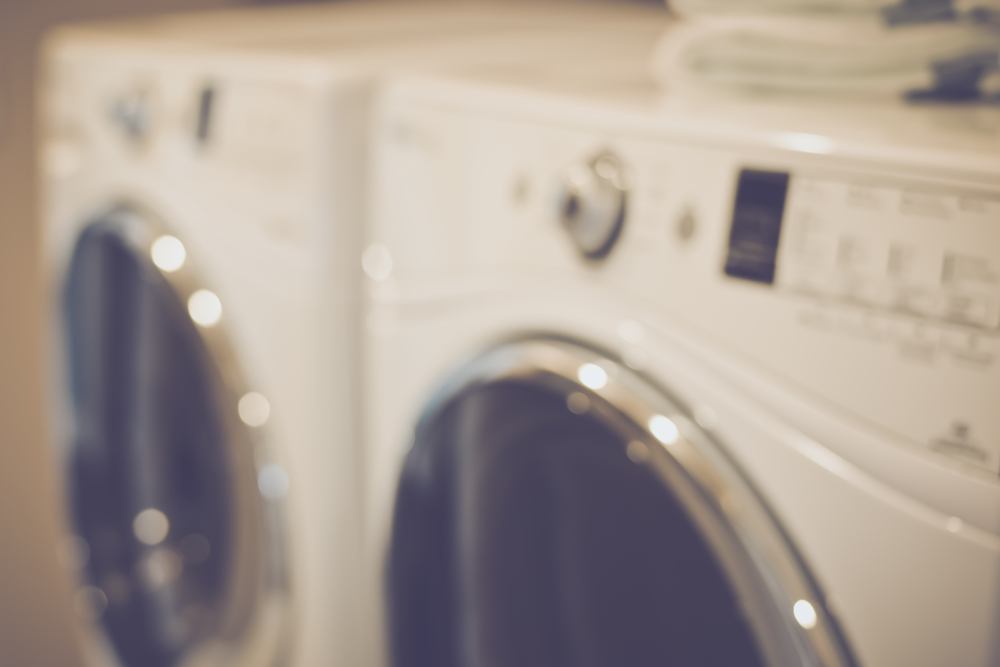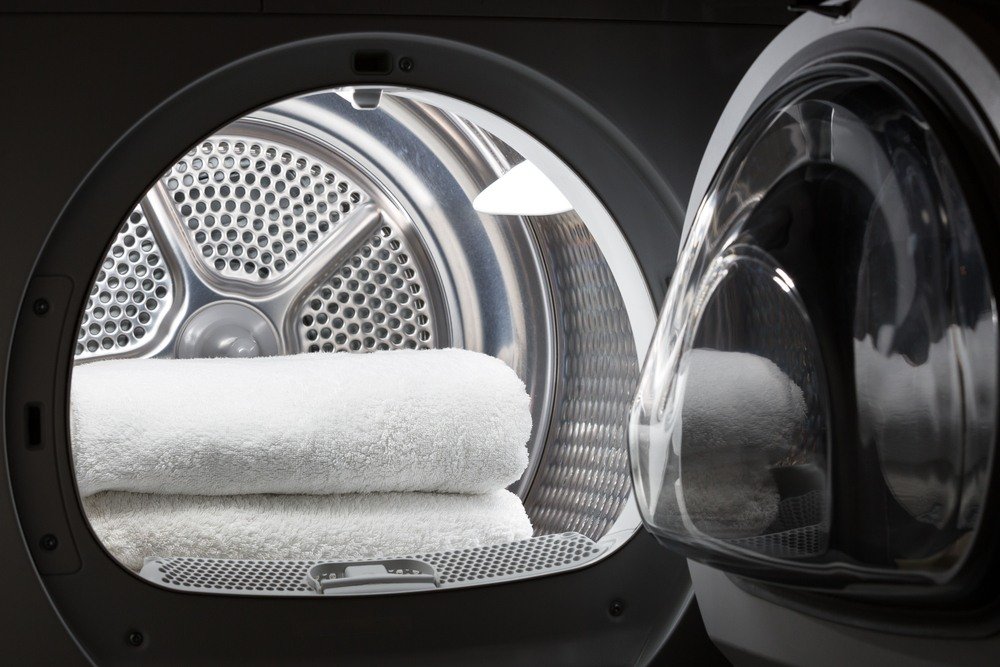How Do Energy Efficient Washer and Dryers Work?

You probably know that energy efficient washers and dryers save energy and money. Even if you’ve heard it a million times before, you still might not understand how these appliances work.
That’s why we’re breaking down the basics of energy efficient washers and dryers. Understanding how to go green is never a bad idea.
How Do Energy Efficient Washers Work?
Energy Star certified washers use 25% less energy and 45% less water than standard models. How, you ask? Well, there are many ways, so we’re breaking them down one-by-one.
First, the washer tubs hold more clothes, which means fewer loads of laundry, money, and water. Many other Energy Star washers also utilize innovative technology that allows them to clean clothes without filling the water tub. Instead, high-pressure sprays clean clothes just as well as a tub would, but without using as much water.
In fact, this technology has made it possible for energy efficient washers to use only 13 gallons of water per load; compared to a whopping 23 gallons per load used by a standard machine.
Energy efficient washers are also designed with high-speed motors that spin clothes faster than standard washers. This means more water is squeezed out of the clothes so your dryer won’t use as much energy.
How Do Energy Efficient Dryers Work?
Energy Star certified dryers use about 20% less energy than traditional dryers. Again, several factors combine to help save energy and money.
For example, moisture sensors allow energy efficient dryers to sense when the laundry’s completely dry. If no moisture is detected, the dryer will automatically shut off. With a standard model, you’ll end up wasting energy drying clothes that are already dry.
Many energy efficient dryers also have heat pumps, which are more efficient than conventional dryers. A conventional dryer sucks in air, heats it up, and then releases it through the dryer’s vent. Every time a conventional dryer releases air, more sucks in and heats up. Energy efficient dryers, however, suck in air, heat it up, and then recirculate it to save energy. When the air becomes too moist, it passes through something known as the dryer drum which removes moisture and makes the air usable again.

Understanding how these appliances work will help you save money, energy, and help save the environment. Not many things that waste more money than using an inefficient washer and dryer.
If you’re ready to make a purchase, always look for washers with a high Integrated Modified Energy Factor (IMEF) score and a low Integrated Water Factor (IWF) score.
The IMEF score measures the energy efficiency of the washer, while the IWF score measures how many gallons of water it uses.
For dryers, it’s best to find a model with a high Combined Energy Factor (CEF) score, which indicates that the dryer is very energy efficient.
Regardless of the exact model you choose, you’ll do both yourself and the environment a service. Going green is the future, and now is the time to embrace the technology.


